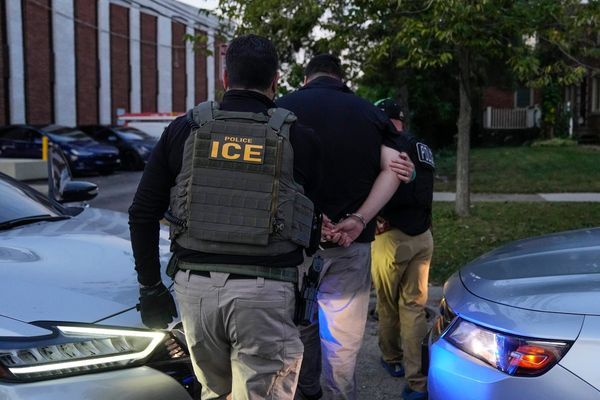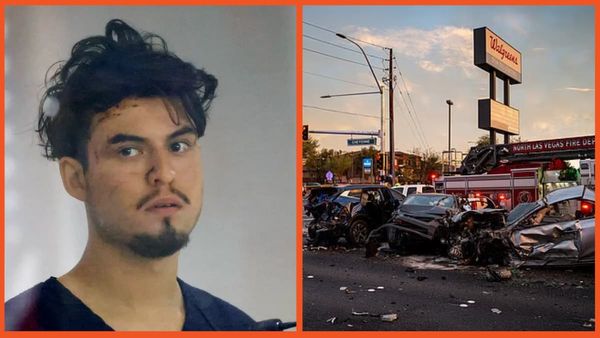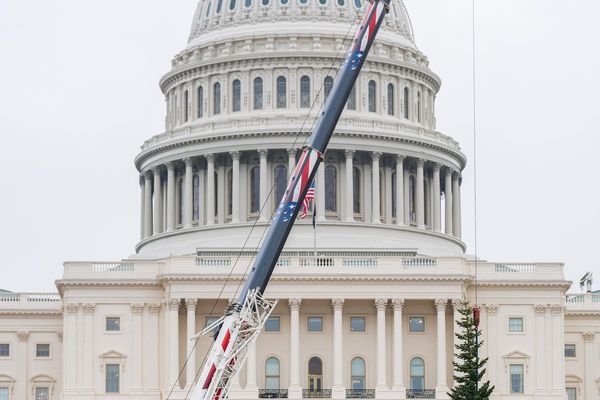An electric-powered double-decker that has a sunroof, wood-effect flooring, mobile phone holders and individual charging points has been hailed as the way to get Londoners out of their cars.
But the official launch of the new route 63 buses on Friday also came with a warning that they were the end of the road for new vehicles – unless Transport for London wins long-term Government support to continue to upgrade the capital’s transport network. Its recently extended bailout runs out next Friday.
The first of route 63’s zero emission buses were first introduced last December and quickly began featuring on social media sites such as TikTok, as passengers expressed disbelief at the “customer friendly” onboard features.
A total of 29 buses will eventually operate on the 63 – which runs between King’s Cross and Honor Oak – by the end of next month.

The buses also feature high-back seats, stop buttons on the back of headrests and digital screens displaying the next stop and any delays on the bus and Tube network. Vertical grab poles have been removed to create a more open feel.
Priority seats for passengers less able to stand are marked in contrasting colours. There is a larger wheelchair and buggy area and CCTV cameras have been upgraded to provide higher-definition footage to improve on-board safety.
The buses have been built in Scarborough by British bus firm Alexander Dennis and are operated by Abellio London under a £7.3m contract.
TfL chiefs say they have been unable to award new bus contracts since October 31 due to the lack of certainty over funding.
A total of 25 routes, worth about £400m, are waiting to be re-tendered, according to TfL deputy commissioner Gareth Powell.
Contracts are normally awarded nine to 12 months ahead of their introduction and TfL fears the failure to secure a long-term funding deal will soon be noticed by passengers.

TfL said the new buses on route 63 were “a sign of what the future of buses could be” if financial help was secured to take ageing diesel buses off the road. Passenger numbers on the route are now close to pre-pandemic levels.
There are now more than 650 zero-exhaust-emission buses in London. TfL aims to convert the whole 9,00-vehicle fleet by 2034 but says this could be done by 2030 with Government support.
Seb Dance, deputy mayor for Transport, said: “It’s great to see the introduction of this cleaner, safer and 100 per cent electric bus fleet on route 63. As ridership levels on the route return close to pre-pandemic levels, these new buses will play a significant role in encouraging Londoners back onto our bus network.
“Unfortunately we will not see more of these buses if TfL goes into managed decline due to lack of funding.”
Chris Gall, ADL Group Engineering Director, said: “TfL’s sustained investment in its bus network is hugely important as it underpins skilled jobs and apprenticeships at our factories in Yorkshire and Scotland, our aftermarket facilities across the country, as well as in our extensive domestic supply chain.”
Jon Eardley, Managing Director, Abellio London Bus, said: “We’re very proud of the quality and comfort that these new zero emission buses offer.
“We believe that continued and sustained investment in the capitals zero emission fleet is essential to attract more people to use public transport.”







